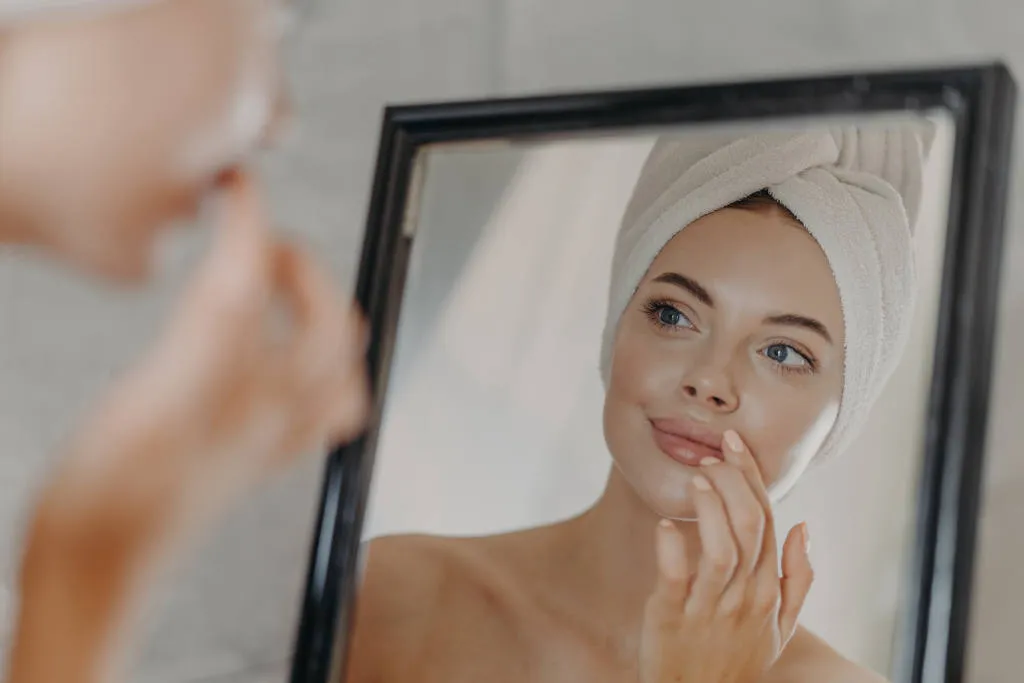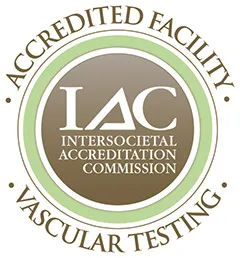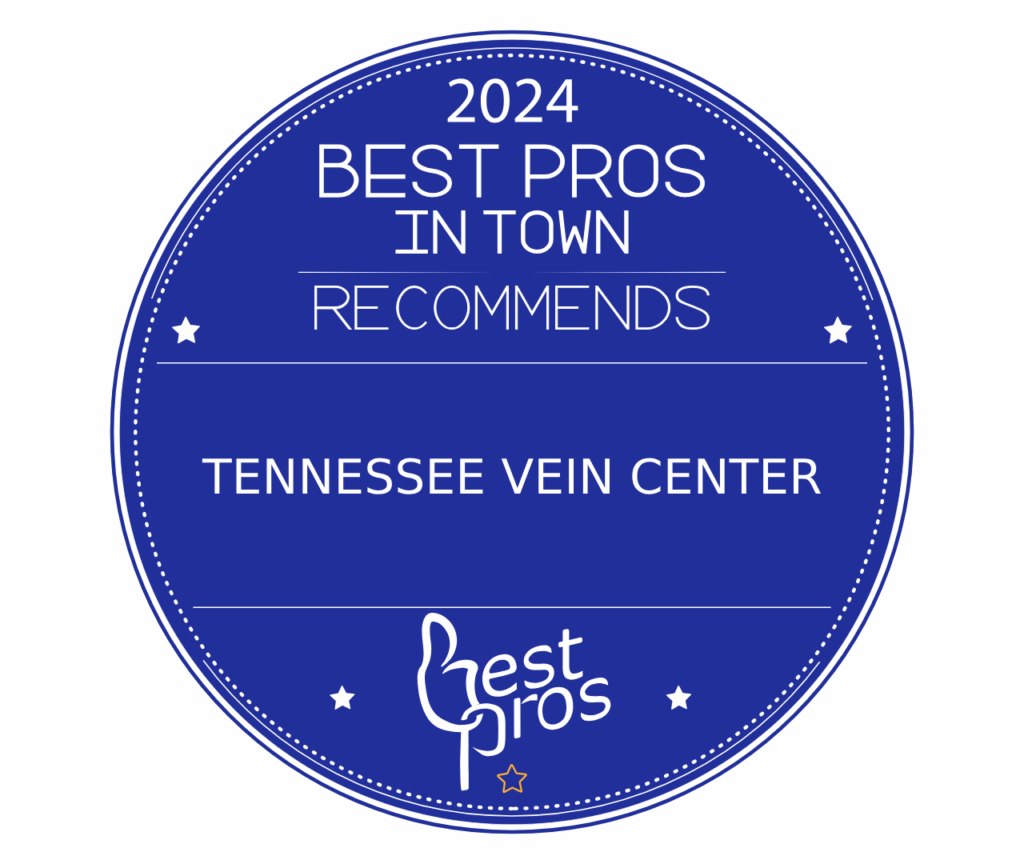redness
Aesthetic Conditions
Understanding Laser Treatment for Facial Redness
Condition
Are you living with persistent facial flushing and redness, making you uncomfortable in your skin?
At Tennessee Vein Center, we understand the impact that changes in your skin can have on your overall appearance and self-confidence. The good news is that you don’t have to live with rosacea and facial redness symptoms forever. There are effective treatment options, including laser treatment for facial redness, that can help eliminate facial redness for good.
Continue reading to learn more about this common skin condition and explore effective facial redness treatments, including laser therapy.
What is Facial Redness?
Facial redness is a general term for when the skin on your face appears red or flushed. It can range from mild to severe and can cover your entire face or just be in patches.

There are many reasons why your face might be red, including:
In most cases, facial redness is temporary and harmless. However, if your facial redness is severe, persistent, or accompanied by other symptoms, such as itching, burning, or swelling, it’s essential to see a doctor or dermatologist to determine the underlying cause and get proper treatment.
What is Rosacea?
Rosacea is a chronic skin condition that primarily affects the face. It causes redness, visible blood vessels, and sometimes small, red, pus-filled bumps.
Rosacea Symptoms
Symptoms of rosacea often include:
- Facial redness
- Visible blood vessels
- Bumps and pimples
- Eye irritation (in rare cases)
What is the Cause of Rosacea?
Facial redness, like facial veins, is a common skin condition. It occurs more frequently in fair-skinned individuals, especially those of Western European ancestry. Women are more affected than men for unknown reasons. In addition to genetics, several environmental and lifestyle factors can contribute to redness.
- Hot and spicy foods
- Alcohol
- Extreme temperatures – being in hot or cold environments
- Sunlight and chronic sun exposure
- Physical activity
- Emotional swings – anger and stress
- Cigarette smoking
- Harsh skin care products and routines – including excessive exfoliation
Before beginning any treatment for redness, it is crucial to determine any underlying lifestyle and environmental causes and make the necessary changes. This helps ensure a more effective long-term treatment outcome. If left untreated, redness tends to worsen over time.
Standard Rosacea vs. Acne Rosacea
“Standard rosacea” and “acne rosacea” are terms often used interchangeably to describe the same condition. Rosacea primarily affects the face, causing redness, visible blood vessels, and sometimes bumps resembling acne, hence the reference to “acne rosacea.” The terms essentially refer to the various symptoms of the same skin condition.
What's the Difference Between Rosacea and Redness of the Face?
Facial redness can be a temporary issue or a symptom of various conditions, while rosacea is a specific chronic skin condition. Here’s how to tell the difference:
Facial Redness:
Rosacea:
In short, facial redness can be a fleeting reaction, while rosacea is a chronic condition with specific triggers and additional symptoms. If you’re unsure and experience persistent redness, visit TVC for a proper diagnosis. We can examine your skin, ask about triggers, and recommend the best course of action.
How is Facial Redness vs. Rosacea Diagnosis Confirmed?
Facial redness can be a symptom of many things, but rosacea is a common skin condition that causes persistent facial redness.
A dermatologist can diagnose the cause of facial redness by looking at your skin and asking you about your medical history.
There is no single test for rosacea, but a dermatologist may consider the following factors when making a diagnosis for this condition or facial redness as a whole:
Common Misdiagnoses: Understanding Why Facial Redness is Often Mistaken for Rosacea
Facial redness is a common skin concern, and it can be caused by various factors other than rosacea.
Here are some reasons why facial redness might be mistaken for rosacea:
- Similar appearance: Rosacea can cause facial flushing and redness, but so can many other conditions. This redness can be widespread or appear in patches on the cheeks, forehead, and chin.
- Lack of other symptoms: Some people with facial redness may not experience other common rosacea symptoms, such as bumps and pimples, inflamed blood vessels, or dry, irritated eyes.
- Triggers: Various triggers, such as spicy foods, alcohol, stress, or weather changes, can cause facial redness like rosacea, leading to confusion in diagnosis.
- Skin sensitivity: Many people have sensitive skin that reacts to skincare products, environmental factors, or allergens, causing redness that can be mistaken for rosacea.
- Medical conditions: Certain conditions, such as eczema, seborrheic dermatitis, or lupus, can also present with facial redness, complicating accurate diagnosis.
Effective Facial Redness Skin Treatments
Treating facial redness often includes various approaches to manage symptoms.
The most common and practical approach is laser treatment for facial redness. Options such as Cutera® Excel V™ Laser and Lumecca®.
Chemical peels or masks, along with professional skin care products, can also assist in managing and soothing facial redness and rosacea-prone skin, reducing inflammation and promoting a healthier complexion.
Frequently Asked Questions About Rosacea and Facial Redness
Are you curious about rosacea and facial redness? This section answers common questions and provides valuable insights into understanding and managing this common skin condition. For personalized advice and treatment options, consider visiting the Tennessee Vein Center.
How Do You Know If You Have Rosacea?
How Do I Stop Facial Flushing?
Avoid triggers like spicy foods, alcohol, and extreme temperatures to help stop facial flushing. Gentle skincare, mild products, and prescription treatments can also help manage and reduce facial flushing.
Acne vs. Rosacea: What's the Difference?
Acne is characterized by pimples, blackheads, and whiteheads, while rosacea often involves facial redness, visible blood vessels, and sometimes pimple-like bumps on the face. Acne typically affects younger individuals, while rosacea commonly appears in adults, usually in their 30s or older.
Is Laser Treatment for Facial Redness Permanent?
The short answer is not necessarily.
Laser treatment can reduce redness and visible blood vessels, but it’s not always permanent. Multiple sessions might be needed for best results, and occasional maintenance sessions might be required to sustain the effects
Get Personalized Red Face Treatment Near Knoxville
Understanding facial redness and acne rosacea is key to managing these common skin conditions.
Our experienced doctors at Tennessee Vein Center specialize in providing effective solutions for aesthetic conditions, including laser treatment for facial redness, ensuring comprehensive care to help you achieve clearer, healthier skin.
Contact us to start your journey toward managing and treating rosacea and skin redness– your skin health matters to us.

